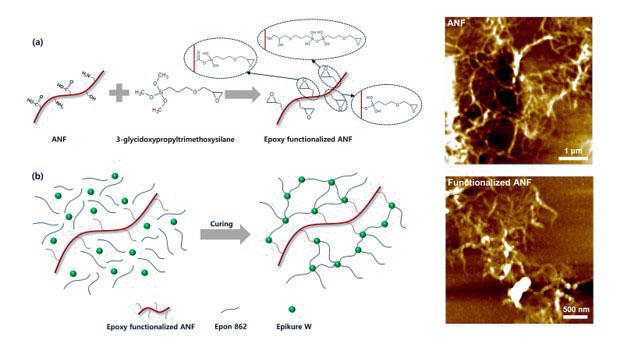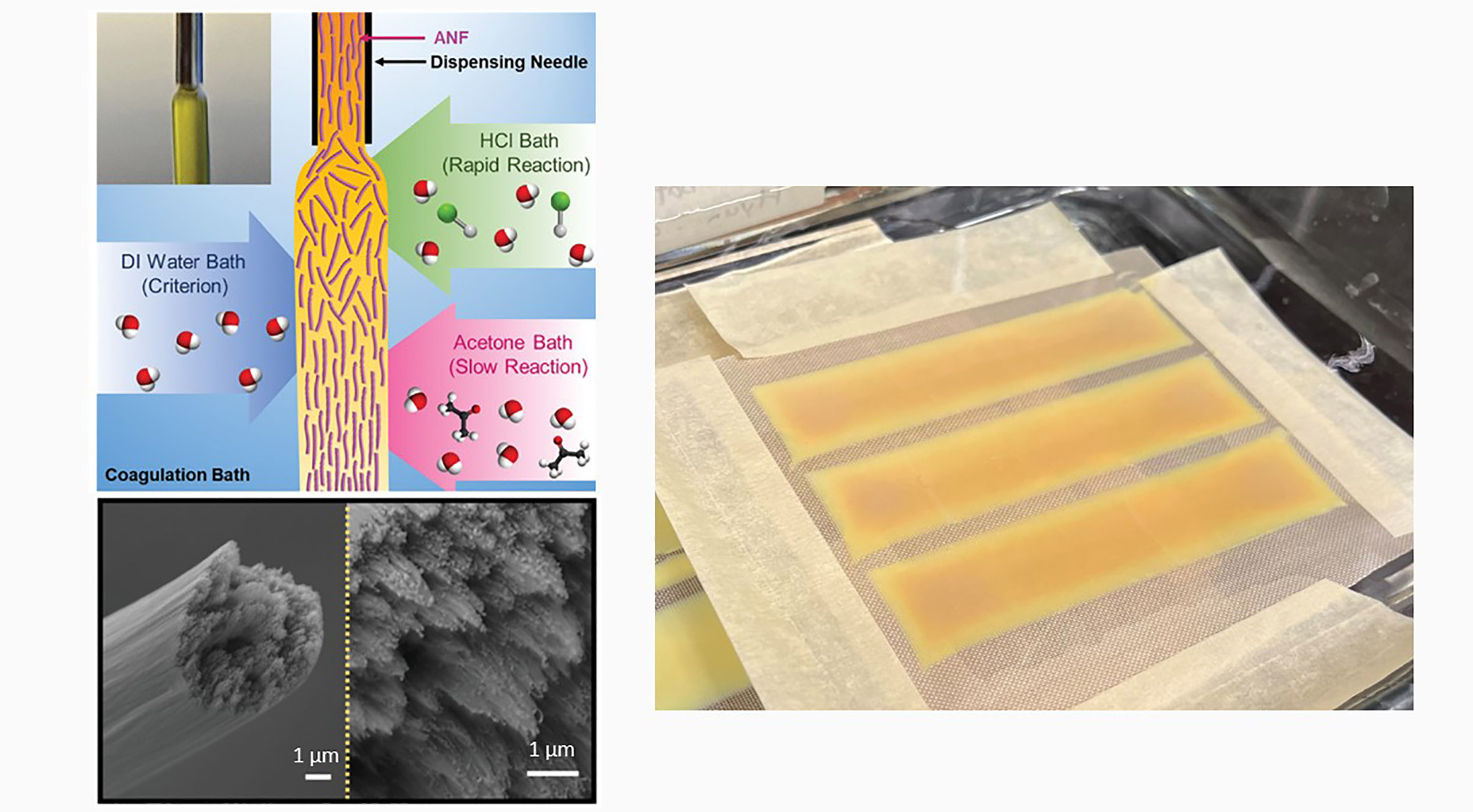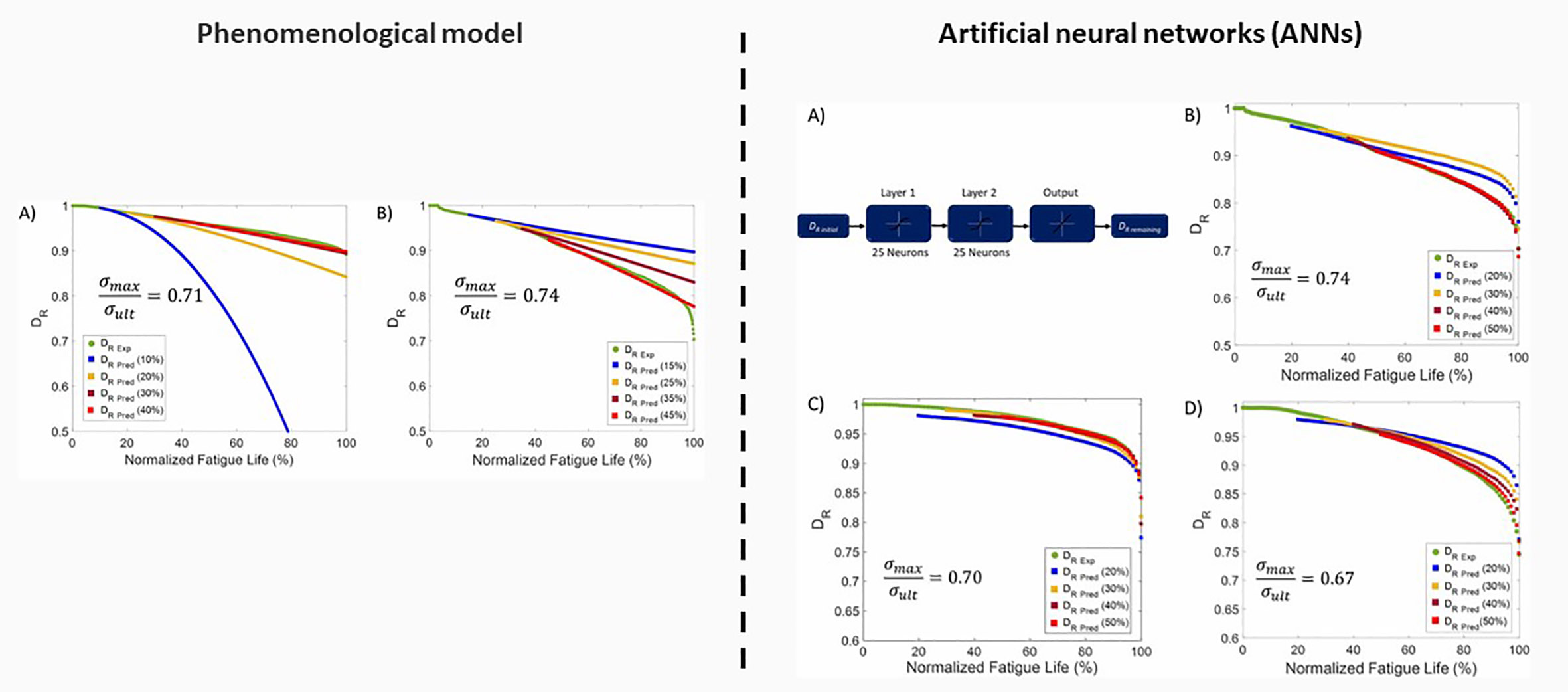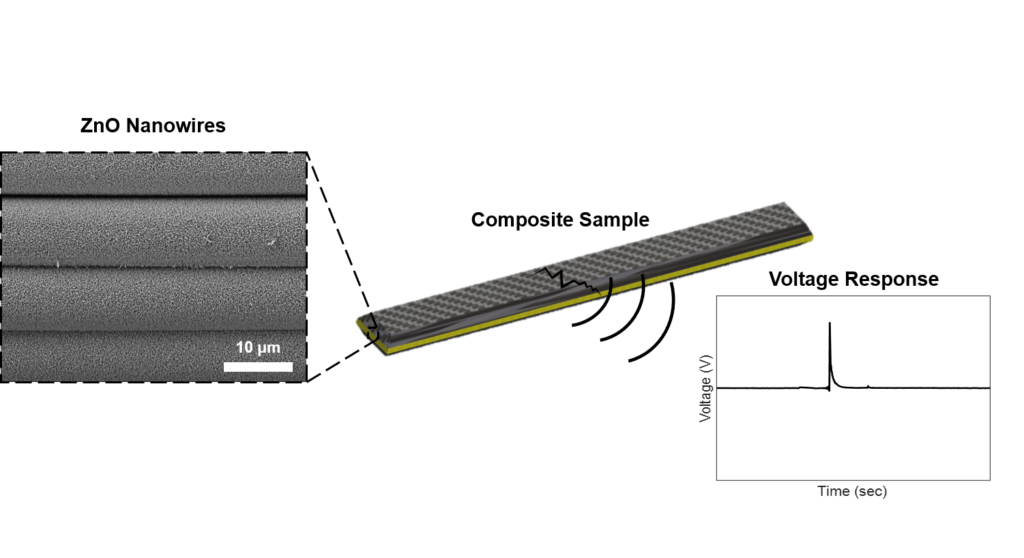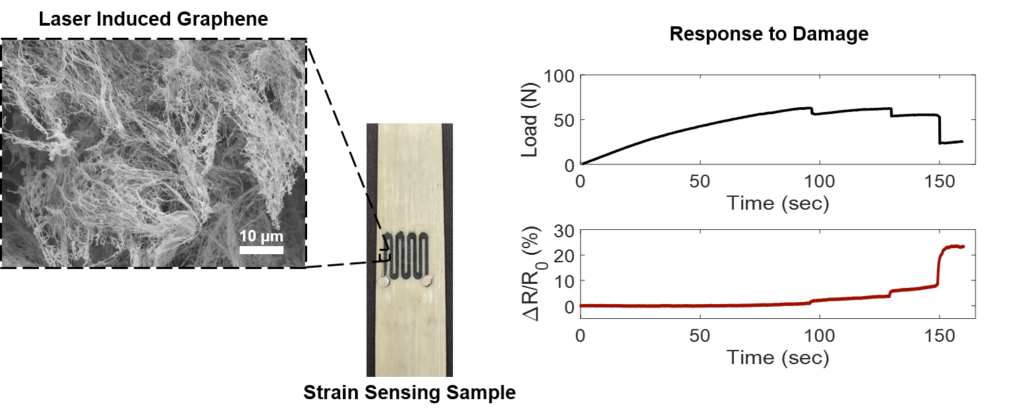Additive Manufacturing
Additive manufacturing allows for the fabrication of complex structures which are difficult to achieve through conventional machining, extrusion, injection molding or blow molding processes. It also provides a potential of one-step manufacturing of functional devices. Our research focuses on developing new additive manufacturing techniques for various polymers and synthesizing novel functional polymers for additive manufacturing.
Precipitation Printing: A solution-based polymer additive manufacturing technique, termed precipitation printing, is developed in our lab to direct print thermoplastics, thermosetting rubbers and polymer nanocomposites. It is based on the different solubility of the polymer being printed in two mutually miscible solvents for precipitation. Precipitation printing is capable of printing large structures with resolution higher than the material extrusion method, and even enables the fabrication of micro-scale structures with greater than 100 μm resolution.
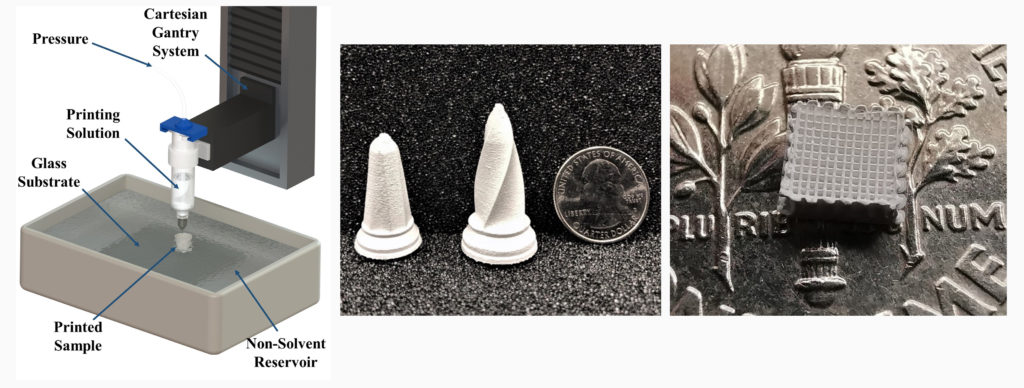
Ultraviolet-Assisted Direct Ink Writing (UV-DIW): A modified UV-DIW setup is developed to provide a reliable approach to fabricate high mechanical performance thermosetting materials, such as vinyl ester resin. Structures printed through this method have good interfacial bonding between adjacent infill paths and comparable mechanical properties relative to conventionally molded structures.

Powder Bed Fusion: Powder bed fusion (or direct metal laser sintering, DMLS) is the most popular additive manufacturing method for high melting point metals. In our lab, additive manufacturing of high temperature metal alloys such as tungsten for re-entry applications is one of the future research areas.
Multidimensional Structures of Aramid Nanofibers
Aramid nanofibers (ANFs) are isolated from commercial para-aramid fiber, a class of strong and heat-resistant synthetic fibers. They comprise dense inter-molecular hydrogen bonds among highly aligned molecular chains, resulting in outstanding modulus and strength-to-weight properties comparable to carbon fibers and cellulose nanofibers. Besides being used as a nanofiller material for reinforcing polymer nanocomposites, structures consisting of assembled ANFs can potentially have unprecedented mechanical and thermal properties. Herein, ANFs-based multidimensional structures with high specific modulus, strength and toughness, such as 1D ANFs assembled filaments, 2D ANFs assembled films, and 3D ANFs assembled structures, are currently under development.
In-situ Fatigue Damage Tracking and Fatigue Life Prediction in Laser Induced Graphene Interlayered Composites
The mechanical properties of fiber reinforced polymer matrix composites are known to gradually deteriorate as fatigue damage accumulates under cyclic loading conditions. While the steady degradation in elastic stiffness throughout fatigue life is a well-established and studied concept, it remains difficult to continuously monitor such structural changes during the service life of many dynamic engineering systems where composite materials are subjected to random and unexpected loading conditions. Laser induced graphene (LIG) interlayered fiberglass composites have been demonstrated to have in-situ strain sensing and damage detection capabilities under both quasi-static and dynamic loading conditions. Artificial neural networks (ANNs) and conventional phenomenological models are used to compare the fatigue damage prediction performance using the resistance measurements of LIG.
3D Printing Ink Development for Self-Healing Thermoset Fabrication
Thermosets are a genre of highly crosslinked polymeric materials, which have been widely studied due to their excellent mechanical properties and can be used for structural applications. However, for traditional thermosets, the processing methods are limited to conventional ones such as molding and injection due to their unmeltable and undissolvable nature. Another critical issue of thermosets is the short service time because of the irreversible damage.
To address these problems, we adopt 3D printing techniques to construct thermosets with self-healing ability, aiming at the flexible fabrication of thermosets that can self-repair the damage. Currently, the main 3D printing technique we are using is the direct ink writing (DIW) method, which is enabled by the extrusion and deposition of the 3D printing ink. The ink is composed of small molecules bearing multiple functional groups such that the small molecules can crosslink to form thermosets under external stimuli such as heat and UV light. The self-healing ability is enabled by the incorporation of thermally reversible crosslinks in the thermoset. At elevated temperatures, the crosslinks decouple and allow the movable molecule segment to fill in the damage site. At lower temperatures, the crosslinks couple again to complete the healing process. These unique properties are realized via molecular design and synthesis.
Avian-Inspired Feather Sensors for Aerodynamic Sensing
Wings and feathers play a crucial role in avian flight mechanics, which are discovered to contain sufficient sensory input such that birds can detect the change in aerodynamics during the flight. Artificially fabricated avian-inspired feathers with embedded piezoelectric and piezoresistive sensors for aerodynamic sensing is a new field of research to study the flight mechanisms of birds.
Feather sensors are designed based on real dove feathers and 3D printed in our lab. Custom-designed piezoelectric and piezoresistive sensors are further incorporated into the feather rachis for feather deformation and vibration measurements. The fabricated feather sensors can replace the real feathers on a dried, spread dove wing to provide aerodynamic measurements in wind tunnel tests. The final goal is to replace real feathers on live doves for in-situ aerodynamic sensing. This project is a collaboration with University of Montana Flight Lab.

Multifunctional Fiber Reinforced Composites for Self-Sensing and Structural Health Monitoring
Multifunctional composites by definition possess additional useful capabilities in addition to their high performance as structural materials. By integrating functional interfaces or interlayers in the form of piezoelectric nanowires, piezoelectric films, or piezoresistive interlayers, self-sensing of damage is introduced into high-strength fiber-reinforced composites. Two of the main materials investigated in our work for this purpose are discussed below:
ZnO Nanowires: In addition to introducing piezoelectric component, ZnO nanowires provide a strengthening interphase between the fiber and matrix of fiber-reinforced composites. By including electrically insulating fabric with conformal ZnO nanowires in a layup between two electrically conductive carbon fiber layers, a structural composite with similar makeup to traditional piezoelectric sensors is fabricated. Passive monitoring of the voltage across the resultant composite during mechanical loading allows for the in-situ sensing of damage as it occurs, since the damage perturbs the piezoelectric nanowire interphase resulting in a detectable electric charge.
Laser Induced Graphene (LIG): LIG is inherently piezoresistive and thus changes in electrical conductivity in the presence of strain. When included as an interlayer in traditionally electrically insulating fiber reinforced composites (aramid, fiberglass, etc.), the result is induced strain and damage sensing functionality for in-situ strain and damage sensing and localization. In addition to using the LIG as an interlayer within the entire ply area, LIG can also be printed into various patterns for tailorable and integrated strain sensors.
Structurally Enhanced Fiber Reinforced Polymer Matrix Composites
Advanced composite materials allow for the fabrication of lightweight and mechanically superior structures for advanced technologies such as wind turbines, aircrafts, maritime vessels and high performance sports equipment. Yet such materials typically suffer from weak interfacial adhesion and poor interlaminar properties, leading to great discrepancy between the targeted and actual properties of composite structures. These problems can be overcome by designing hierarchically nanostructured interphases and interlayers to coat the surface of fibers, fabric and prepregs. Our efforts focus on exploiting nanomaterials such as aramid nanofibers (ANFs), zinc oxide (ZnO) nanowires, and laser induced graphene (LIG) fibers to improve the interfacial and interlaminar properties of aramid, carbon, and glass fiber reinforced polymer matrix composites. For various nanomaterial- composite systems, the nano-reinforcements are introduced to the fiber surfaces using specifically developed functionalization and grafting techniques, such as hydrothermal synthesis, adsorption, direct writing, and transfer printing. The hierarchical composites are found to exhibit strain rate tailorable and improved interfacial shear strength, along with enhanced damping properties, short beam strength, fracture toughness, etc., all while maintaining their in-plane properties and light weight.
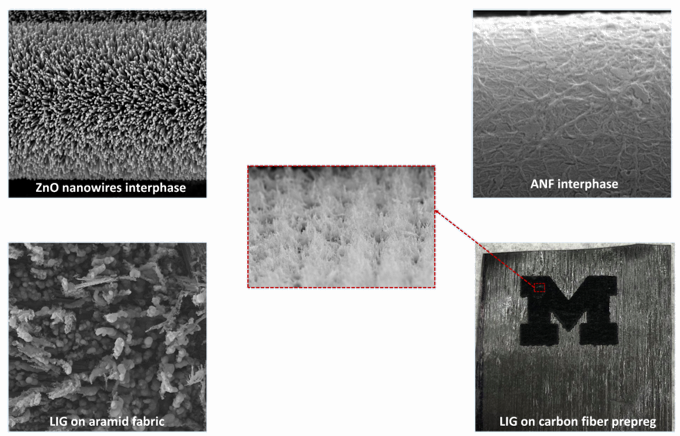
Improved Impact Response of Ballistic Materials
Polymer fabrics are extensively used in ballistic protection materials due to their high energy absorption properties. Their impact response can be further improved by promoting grater fiber-fiber interfacial interaction through the development of surface treatment processes (fibrillization, plasma treatment, etc.) or the grafting of nanostructured materials such as zinc oxide nanowires. Commercial Ballistic materials such as Kevlar® and Spectra® experience improved interyarn friction, ballistic limit (V50), and stab resistance, thus further enhancing their dynamic response.
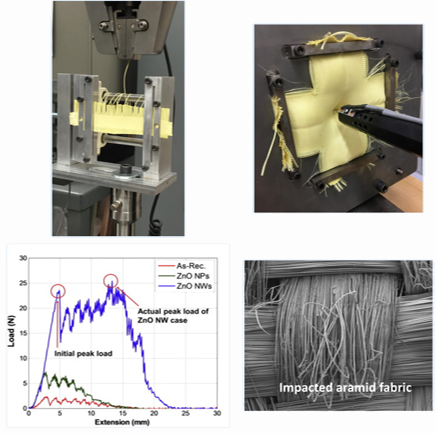
Functionalized Aramid Nanofibers for the Reinforcement of Polymer Nanocomposites
Aramid fibers, also known as Kevlar fibers, exhibit outstanding mechanical properties. The aramid fibers can be split into aramid nanofibers (ANFs) through a controlled dissolution process using dimethylsulfoxide (DMSO) in the presence of potassium hydroxide (KOH). Because of their high aspect ratio and high specific area, ANFs have been used as nanoscale building blocks for polymer nanocomposites to improve the mechanical properties. The ANFs can be used to reinforce thermoplastic matrices through non-covalent interactions such as amide-amide hydrogen bonding between the nanofillers and the polymer matrix. Moreover, ANFs can be functionalized with various types of silane coupling agents to further improve bonding between polymer matrices and ANFs. Through the functionalization of ANFs, the improvement of mechanical properties can be further increased by the introduction of covalent linkages between the polymer matrix and ANFs that enhance the chemical interaction between them. The functionalized ANFs can also be used as a nanofiller for non-polar polymer matrices such as rubbers for applications in the tire industry.
